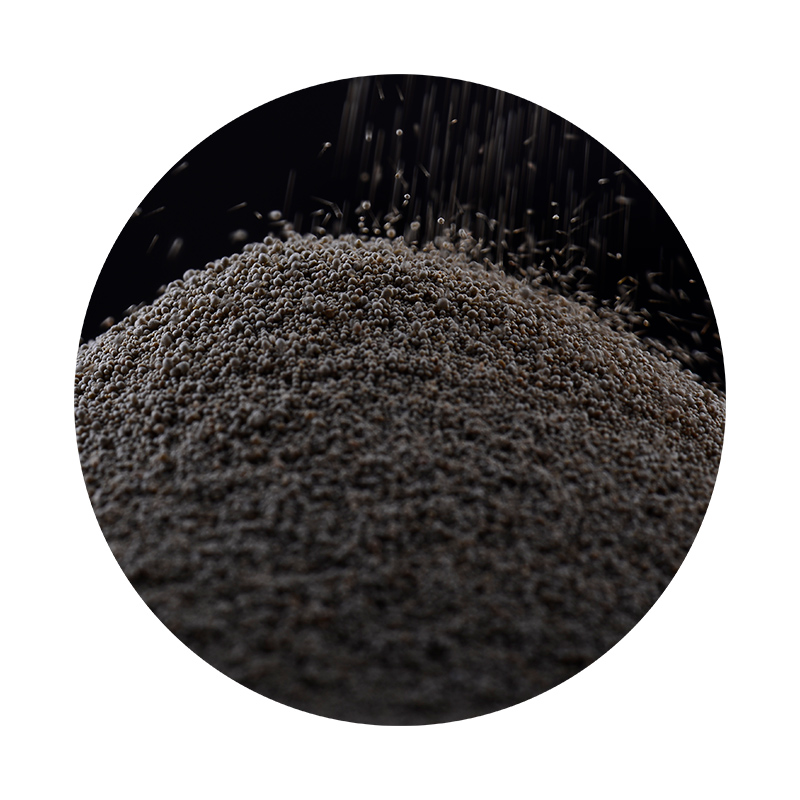Applications of Sand Casting
Sand casting, also known as sand mold casting, is one of the oldest and most widely used metal casting techniques. This process involves creating a mold from sand and then pouring molten metal into the mold to produce desired shapes and products. The versatility, cost-effectiveness, and ease of setting up molds make sand casting an attractive option for various applications across different industries.
1. Automotive Industry
One of the most significant applications of sand casting is in the automotive sector. The automotive industry utilizes sand casting to produce various engine components, such as cylinder heads, engine blocks, and transmission cases. These parts often require intricate designs and can benefit from the flexibility that sand casting offers. For instance, automotive parts can be made with complex geometries, which are crucial for performance and efficiency. Additionally, the ability to use different alloys allows for components that can withstand high temperatures and pressures, further enhancing the reliability of vehicles.
2. Aerospace Industry
In the aerospace industry, the reliability and safety of components are of utmost importance. Sand casting plays a critical role in producing complex parts for aircraft, such as structural components, brackets, and housings for engines. The lightweight nature of metals used in sand casting, combined with the strength required for flight, makes this method particularly suitable for aerospace applications. Although more advanced techniques like investment casting are also used, sand casting remains a viable option due to its ability to produce cost-effective and large-sized parts when needed.
Manufacturers of industrial machinery heavily rely on sand casting to create heavy-duty components that require durability and strength. Parts like gears, pumps, and housings for various machines are often produced using this method. The large size and weight of these components make sand casting a practical choice, as it allows for the production of robust and heavy components with relative ease. Furthermore, sand casting is well-suited for producing low to medium production runs, which often align with the needs of machinery manufacturers.
applications of sand casting

4. Art and Sculpture
Beyond industrial applications, sand casting is also used in the art world. Sculptors and artists utilize this technique to create unique pieces, allowing for creative designs that may be difficult to achieve through other means. Artists can manipulate the sand to form complex molds, enabling them to capture intricate details in their works. Additionally, the ability to cast in various metals provides artists with different finishes and aesthetic possibilities, lending to the artistic value of their creations.
5. Construction and Infrastructure
Sand casting is utilized in the construction and infrastructure sectors, primarily in producing decorative elements and functional components. Items like street lamp bases, architectural fixtures, and various fittings can be produced via sand casting. This method allows for high customization and replicability, making it an appealing option for contractors and builders looking to incorporate unique designs into their projects. The durability of cast metal also ensures that these components can withstand outdoor conditions, providing longevity.
6. Custom and Prototype Production
Another significant application of sand casting is in the realm of prototyping and custom parts production. Because the process is relatively quick and inexpensive for small production runs, designers and engineers use sand casting to create prototypes of new products. This allows them to test and evaluate designs before committing to larger scale manufacturing methods. The flexibility of sand casting means that modifications can be made easily, providing valuable insight during the product development phase.
Conclusion
In conclusion, sand casting is a highly versatile process with applications spanning various industries, including automotive, aerospace, industrial machinery, art, construction, and prototyping. Its ability to produce complex shapes, cost-effectiveness, and adaptability to different metals make it a preferred method for many manufacturers. As industries continue to evolve and seek more innovative methods of production, sand casting remains a fundamental technique that contributes significantly to the manufacturing landscape. Whether for mass production or custom projects, sand casting's rich history and ongoing relevance are a testament to its enduring utility in the modern world.
Post time:نويابىر . 26, 2024 13:53
Next:をした3Dプリンティングのしいと
